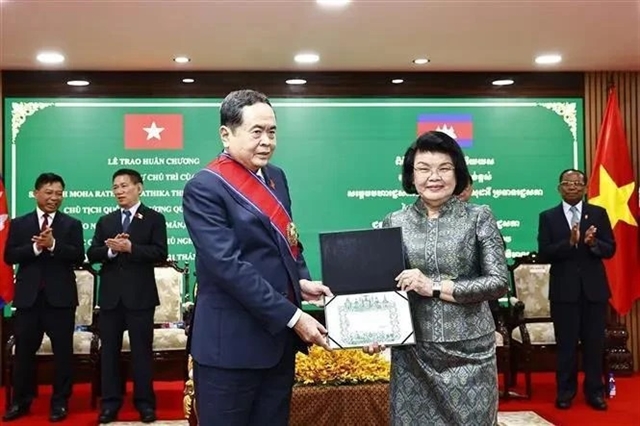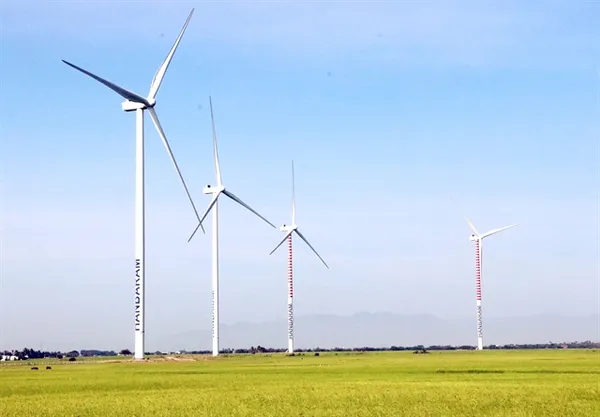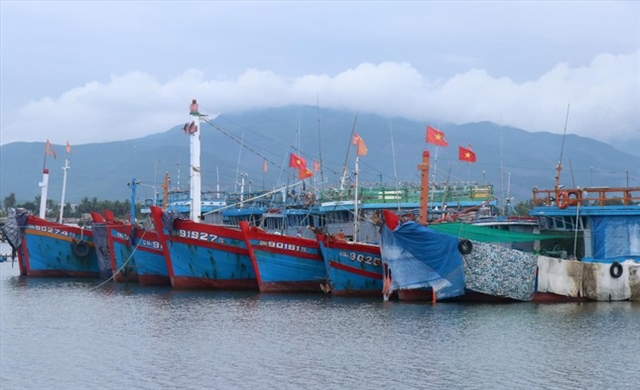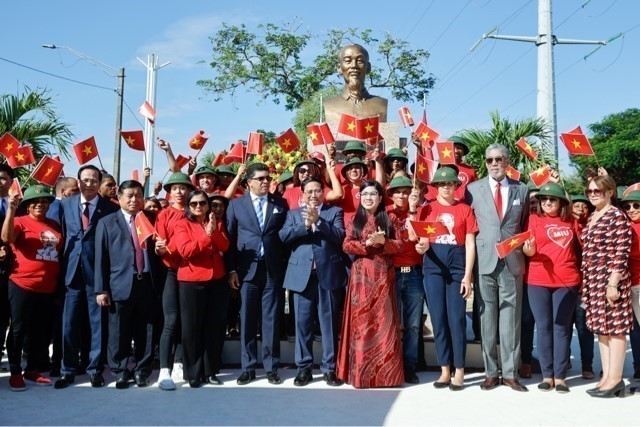 Politics & Law
Politics & Law

The agriculture sector managed to top the annual growth target despite 2017 being a year of successive extreme weather events, Agriculture and Rural Development Minister Nguyễn Xuân Cường said at a review conference yesterday.
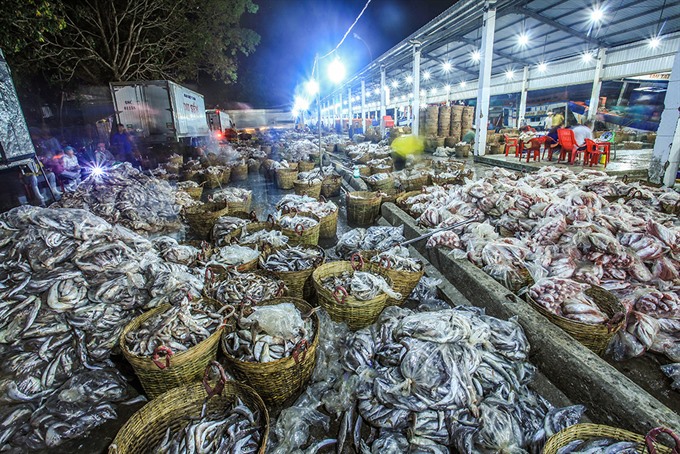 |
| The Tắc Cậu Fishing Port in Châu Thành District is the biggest out of seven ports in the southern province of Kiên Giang. Việt Nam’s fisheries export last year reached a record US$8.4 billion. — VNA/VNS Photo Trọng Đạt |
HÀ NỘI — The agriculture sector managed to top the annual growth target despite 2017 being a year of successive extreme weather events, Agriculture and Rural Development Minister Nguyễn Xuân Cường said at a review conference yesterday.
He said the sector expanded 2.9 per cent, as against the target of 2.84 per cent, thanks to favourable market conditions and product restructuring efforts.
He said 2017 was a landmark year for the sector with several new records being set as the country gradually moved away from rice as the main export product to other higher, value-added products.
Fisheries export, for example, reached a record US$8.4 billion, with wood, furniture and forestry products export following closely behind in the second place with $8 billion. Fruit and vegetable export reached $3.45 billion (a year-on-year increase of 40.5 per cent), while rice exports trailed far behind at $2.6 billion.
Total agriculture exports reached an unprecedented $36 billion, up 13 per cent compared to 2016, surpassing the Government’s original target of $32-32 billion.
According to the agriculture ministry, 2,000 new businesses in the forestry and fisheries sectors have been established, an increase of 3.8 per cent over 2016’s figure, bringing the total number of agribusinesses in the country to 5,600.
‘Humble’ sector
Speaking at the conference, Prime Minister Nguyễn Xuân Phúc reaffirmed the crucial role that agriculture plays in the economy, but added that it should increase the value of itts contribution.
“With a country of ‘three parts mountains, four parts seas, and one part field,’ with 70 per cent of the population living in rural areas and 42 per cent of the labour force based in the countryside, agriculture only manages to make up 15 per cent of the country’s GDP,” Phúc said.
Reiterating a previous caution by Party General Secterary Nguyễn Phú Trọng that the sector cannot afford to rest on its laurels, Phúc urged the agriculture ministry to deal with long-standing issues that have plagued the sector.
Wide prevalence of small-scale holdings and scattered production, deforestation or clearing of forests for “unnecessary purposes,” degrading irrigation infrastructure and low productivity were some of the shortcomings highlighted by the PM.
He said it was “highly important” that the sector shows more determination in tackling and preventing violations that culminated in EU’s ‘yellow card’ warning over Việt Nam’s illegal, unreported and unregulated (IUU) fishing. He said actions should be taken to ensure that the warning is lifted in the first six months of the year itself.
2018 targets
This year, the sector has a growth target of 2.8-3.0 per cent, with exports of $40 billion. Agriculture production is set to increase by 2.25 per cent, forestry by 6.5 per cent, and fisheries by 5 per cent.
To achieve the targets, restructuring efforts must be scaled up with a focus on value chain development and climate change responses, the agriculture minister said.
He also called for focus on advancing new-style rural areas, with just 32 per cent of 9000 communes in the country meeting set criteria. The target for 2020 is 50 per cent, Minister Cường noted.
“Three areas must be prioritised: Promoting production, environment protection and rehabilitation, and social security and order,” he added.
PM Phúc said that in 2018, the agriculture ministry must either abolish or adjust 59 business conditions to achieve the target of alleviating 50 per cent of requirements in granting business permits.
He also asked the ministry to “reform its mindset” and set the agricultural production on the course to “hi-tech, clean, green, and smart agriculture” to “seize opportunities brought by the Fourth Industrial Revolution.” — VNS

